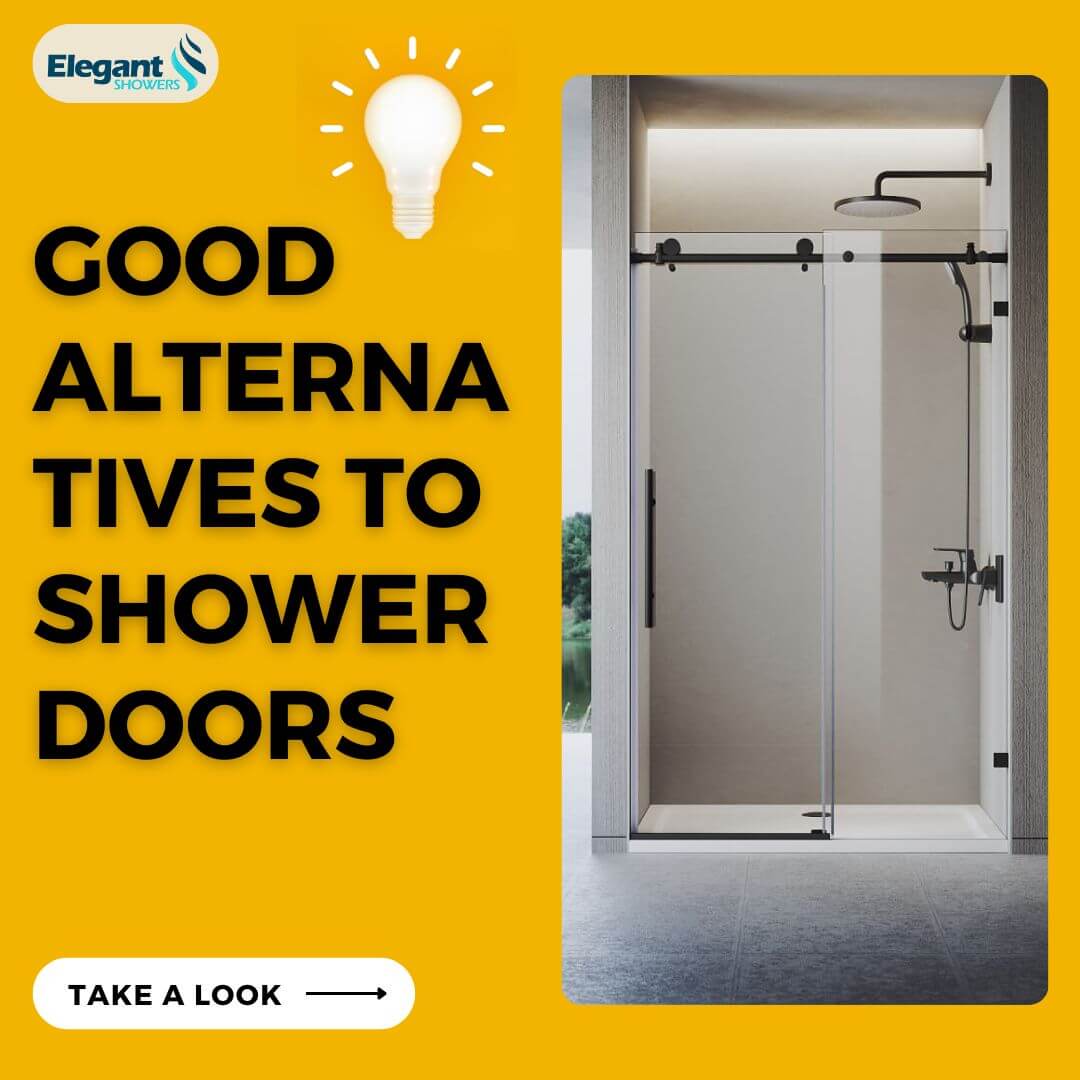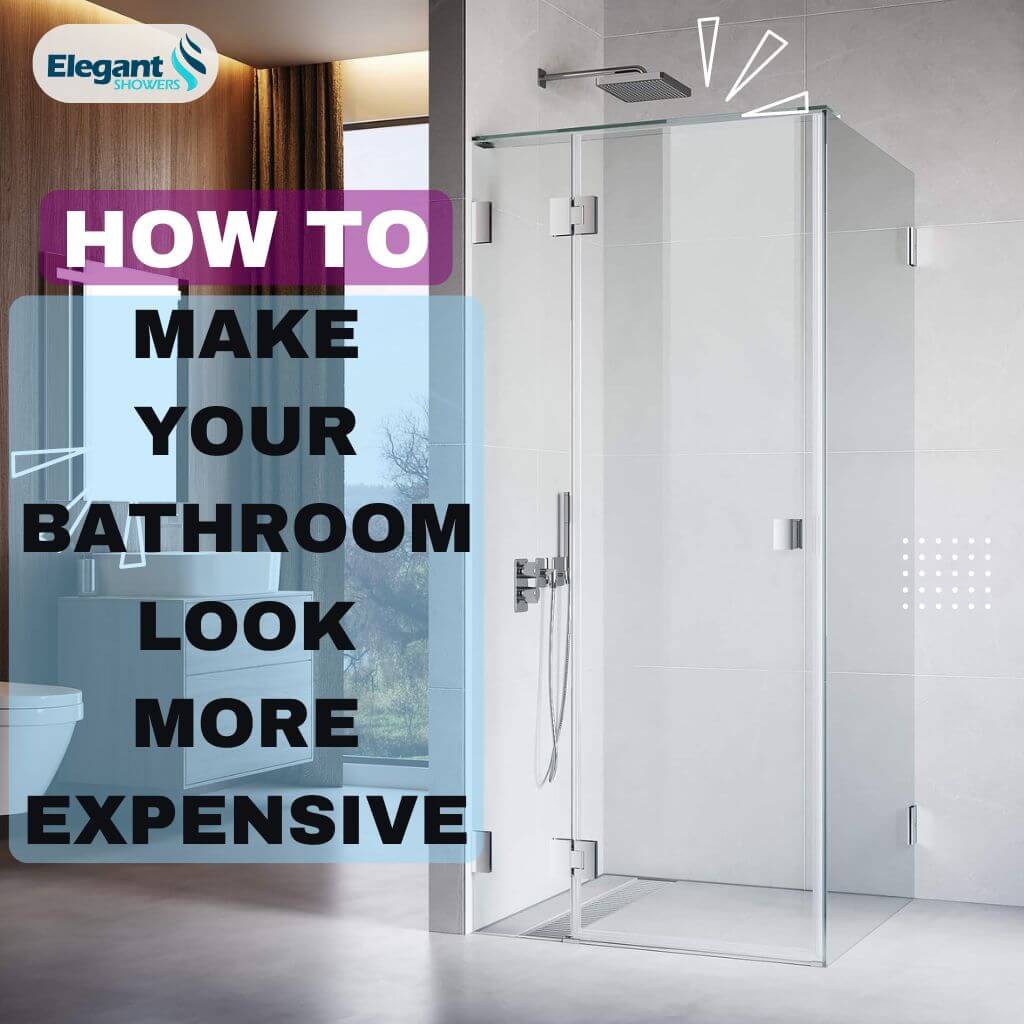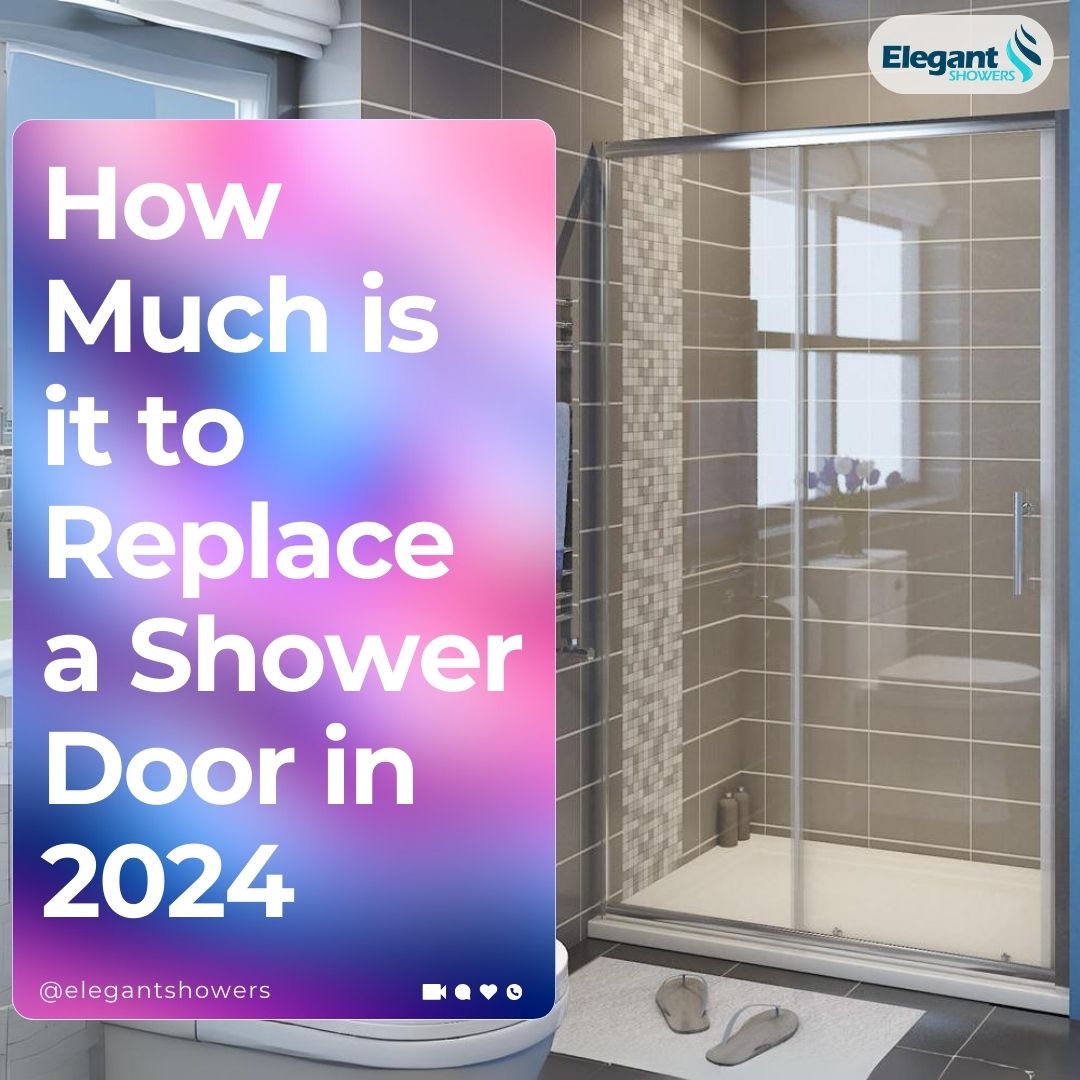Shower doors offer a sleek and modern look, but they might not be the best fit for every bathroom due to space, maintenance, or budget constraints. Here are 9 alternatives to consider that can accommodate different styles and needs:
| Aspect | Shower Curtains | Fixed Glass Panels | Folding Shower Screens | Sliding Barn Doors | Partial Wall Enclosures | Roll-Top Bath Screens | Retractable Screens | Wet Room Design | Decorative Beads/Chains |
|---|---|---|---|---|---|---|---|---|---|
| Cost | Affordable ($10-$50) | Moderate ($$$) | Varies | Moderate-High ($$$) | Varies | High ($$$) | High ($$$$) | High ($$$$) | Inexpensive ($) |
| Installation Complexity | Easy | Easy | Moderate | Moderate | High | Moderate | High | High | Easy |
| Space Usage | Standard | Compact | Compact | Space-Saving | Standard | Compact | Compact | Standard | Standard |
| Privacy | Low | Low-Moderate | Low-Moderate | Moderate | Moderate-High | Moderate | High | High | Low |
| Water Containment | Low | Low-Moderate | Moderate | Moderate | Moderate-High | Moderate | High | High | Low |
| Maintenance | Regular | Low | Moderate | Moderate | Low-Moderate | Moderate | High | High | Low |
| Customizability | Low | Moderate-High | High | High | Moderate | Moderate | Moderate | Low | High |
| Aesthetic Appeal | Standard | Modern | Varied | Modern-Rustic | Seamless | Elegant | Modern | Modern | Varied |
| Versatility | Standard | Low | High | High | Low | Moderate | Low | High | Low |
1. Shower Curtains
One of the most common and affordable alternatives to shower doors is a simple shower curtain.
Shower curtains can be purchased in almost any home goods store and come in a wide variety of colors, patterns, fabrics, and styles to match any bathroom décor.
The main benefits of shower curtains are their low cost and easy replacement. Shower curtains typically cost between $10-$50 depending on size and quality. Since they are made of fabric, shower curtains need to be replaced about once a year as they degrade from moisture and mildew. This regular replacement cost is minor compared to a one-time investment in permanent shower doors, including frameless and framed shower doors. Shower curtains are also very easy to install, using simple curved rods or straight tension rods.
The main downside is that shower curtains allow water to escape and moisture to build up. The curtain needs to be fully closed and may billow in towards the showerer. Proper ventilation is important to prevent mold growth on the curtain. Shower curtains also require regular cleaning and maintenance to keep them hanging cleanly and prevent mildew buildup.
2. Fixed Glass Shower Panels
For a simple and modern look, some bathrooms utilize a fixed glass panel instead of a full shower door. This can be a great option for small bathrooms, since the glass panel takes up less space than swinging doors. The glass panels are available in clear, frosted, or patterned glass.
The benefits of a fixed panel are easier cleaning, minimal visual obstruction, and a sleek look. The glass maintains a tidy appearance, unlike fabric curtains, and allows natural light into the shower area. A single panel takes up less room than shower doors. Installation is also fairly simple if sized properly.
The limitations are less privacy and ineffective water containment. The fixed panel does not prevent water from escaping on the unenclosed sides. Placement is important to allow enough room for the shower spray and splashes. The smaller size also provides less privacy. Bathrooms need sufficient space so the shower is not too cramped.
3. Folding Shower Screens
Folding shower screens offer flexible water barriers that can fold against the wall or into a small footprint when not in use. The screens come as folding partitions, accordion-style partitions, or pivot screens. Materials include plastic, leather, aluminum, and wood.
Benefits are adaptable sizing, movable barriers, and a variety of appearances. Folding screens can fit snugly into odd shower shapes and corners. They can fold, collapse or slide out of the way when entering or exiting the shower. The screens come in different looks like bamboo, etched glass, or metal slats. Measurements can be customized.
The downside is the potential for leaking around the edges if measurements are not precise. Placement and installation are key to preventing water from escaping. As moving parts, the screens may wear down faster than fixed panels and require replacement. They also provide less privacy when folded open. Bifold shower screens are good too.
4. Sliding Barn Doors
Barn-style sliding doors can create a modern, rustic, or industrial look in a bathroom. The doors slide along an exposed track, allowing them to conserve space. Various materials like wood, glass, or metal can be used to match the décor.
Benefits include space-saving convenience, a trendy style, and customizability. The sliding mechanism allows the doors to open without protruding into the bathroom. They can be designed with different looks, textures, and hardware. Sliding barn doors contain water if installed properly.
Drawbacks include the potential for leakage if there are gaps, the need for adequate parallel wall space for installation, and higher cost than some alternatives. Carefully waterproofing around the edges is important. The installation is also more complex than a tension rod.
5. Partial Wall Enclosures
A simple partial wall with or without a fixed glass panel is an option to partially enclose showers. The small wall provides some division from the rest of the bathroom and a solid backing for the shower space. It can be tiled or finished to match the rest of the bathroom.
The benefits are a sturdy structure and seamless appearance. The partial wall is immobilized and feels permanent, like the rest of the bathroom. When designed well, it does not scream a shower barrier but looks built-in. It can also have an access cut-out on one side.
Drawbacks are lack of flexibility or adjustability. The positioning must be planned carefully during bathroom construction or renovation. The wall requires matching construction materials and finishes. Entry and exit may be awkward with a tiny wall protrusion lingering into the available space.
6. Roll-Top Bath Screens
Flexible bath screens are available for showers, including roll-top or freestanding bathtubs. These can be folded down when not in use or rolled up against the wall. Screens for round tubs curve to follow the tub shape.
Pros include an elegant solution for exposed tub showers and adjustable access. The screens neatly tuck away or fold down when entry and exit are needed. The freestanding tub design is accentuated with a barely visible barrier.
Cons are limited availability for only certain tub types. Coverage may have gaps, especially on designs that only fold downward. The tub and screen combo is also more expensive than basic shower stall options.
7. Retractable Screens
Retractable shower screens roll, slide, or otherwise disappear inside the wall cavity when not needed. Remote-controlled, spring-loaded, or motorized mechanisms make the barrier retractable. When closed, the screens provide full coverage.
The advantages are optimized space and modern appearance. The screens fully recess and conceal from view when open. This allows complete access and prevents any obstruction. The designs are contemporary and high-tech looking with sleek tracks and hardware.
The disadvantages are the higher costs of mechanical systems and possible maintenance needs. The motors or springs enabling the retracting mechanism may eventually break or wear out. Repairs could be difficult depending on installation. The initial purchase price is also significantly higher.
8. Wet Room Design
A wet room dispenses with shower barriers altogether by waterproofing the entire bathroom. Drainage occurs across an entire sloped floor to a centered drain. The open layout accommodates a handheld showerhead that can be used anywhere.
Benefits include unobstructed openness and versatility. Without doors or curtains, the shower blends seamlessly into the bathroom. Showering can occur anywhere flexibly. The whole space is designed to handle water splashes.
Downsides are intensive renovation needs and higher costs. Complete teardown and waterproofing construction is required. All bathroom materials, from flooring to ceilings, must withstand water. Custom building is usually necessary.
Check out our comparison between wet rooms and walk-in showers for a deeper understanding of these popular bathroom options. Read the full article here to discover which one suits your needs best!
9. Decorative Beads and Chains
For a funky, retro or artistic look, strings of beads, chains or other materials can serve as a purely decorative shower divider. These are not functional barriers but provide visual interest or separation.
Pros include inexpensive, creative custom looks. DIY options are plentiful, using string, magnets, hooks, and assorted beads, links, or chains. Appearance can be hippy, modern, edgy, or kitschy.
Cons are no real containment or coverage. These decorative strands do not stop water splashes or provide privacy. Mostly an aesthetic choice for those not needing an actual barrier. Often better suited to partial separation.
Make Your Shower Choice Today!
When choosing an alternative to shower doors, consider your bathroom's size, style, and your personal preferences for privacy and maintenance. Each option has its own set of benefits and drawbacks, and the best choice will depend on your specific needs and circumstances. With the wide variety of options available, there are solutions to accommodate almost any bathroom or budget. Carefully weigh the pros and cons to identify the ideal shower barrier for your space.






